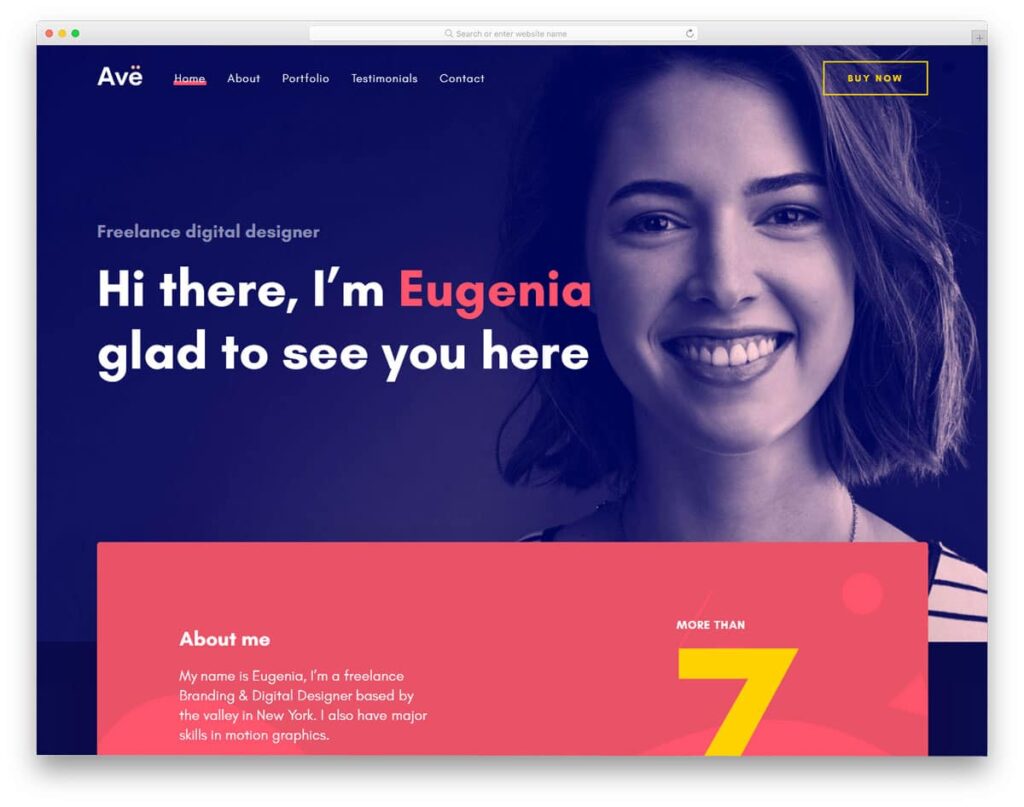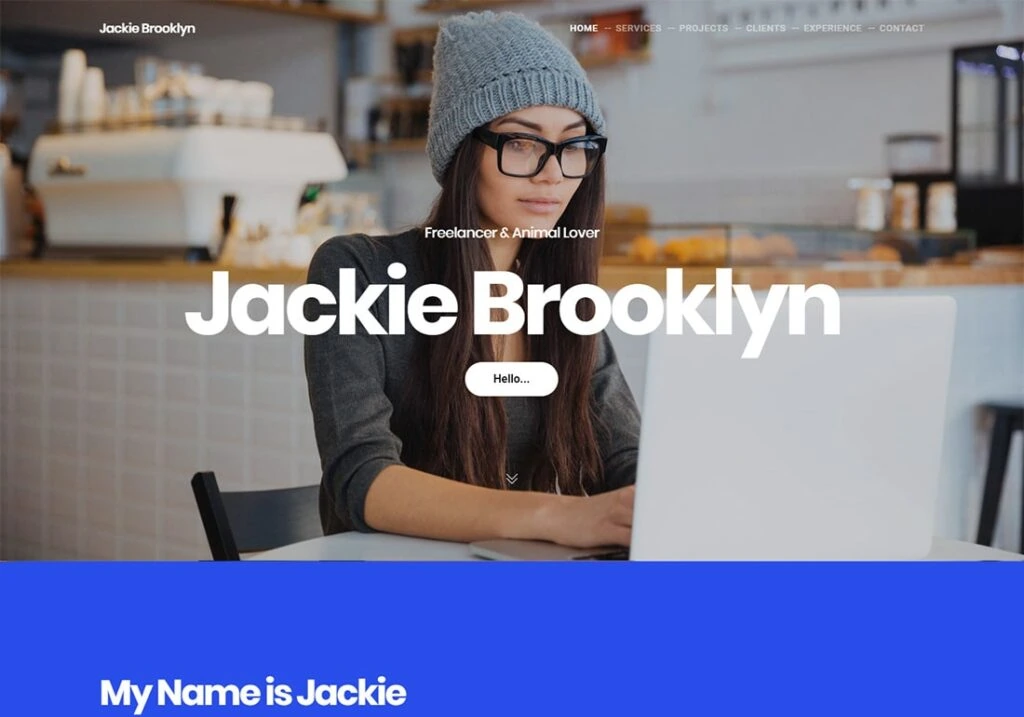Personal Branding Strategy: From Zero to Hero
Are you finding it difficult to establish yourself in today's competitive world? Do you desire to differentiate yourself and become a successful brand?
Look no further, as this article will guide you in creating a personal branding strategy that will help you achieve great success! In a world where personal branding is vital for success, it is essential to comprehend the steps and techniques needed to develop a robust and distinctive brand for yourself.
Table of Contents
What Is Personal Branding?
Personal branding is creating and managing one's professional image and reputation. It involves showcasing your unique skills, values, and personality to differentiate yourself from others in your field. Personal branding allows individuals to establish a solid online presence, build credibility, and attract opportunities.
It involves understanding your target audience, defining your unique selling points, and consistently communicating your brand message through various channels. By effectively leveraging personal branding, individuals can position themselves as industry experts, increase visibility, and achieve their career goals.
Personal branding shapes how others perceive you and creates a solid personal brand identity.
Why Is a Personal Branding Strategy Important?

Personal branding is essential in today's competitive world. It allows individuals to differentiate themselves and stand out from the competition. Developing a solid personal brand helps to establish credibility, gain trust, and attract opportunities. It enables individuals to showcase their unique skills, expertise, and qualities, positioning themselves as experts in their chosen field.
Personal branding also aids in maintaining a consistent professional image and reputation. It allows individuals to communicate their values and goals effectively, making connecting with their target audience easier. Ultimately, personal branding contributes to personal and professional growth, opening doors to new opportunities and success.
How To Build Your Personal Brand?

Building a solid personal brand is essential for success in today's competitive world. But how exactly do you go about creating your brand? This section will guide you through the step-by-step process of building your brand. From defining your brand identity to establishing yourself as an expert, we'll cover all the necessary components for a successful, unique branding strategy. Get ready to take your brand from zero to hero.
1 – Define Your Brand Identity
Defining your brand identity is a crucial step in personal branding. It involves shaping how you want to be perceived and what sets you apart from others.
Here are some steps to help you define your brand identity:
- Identify your values, beliefs, and passions that align with your personal and professional goals.
- Understand your strengths, skills, and expertise that make you unique.
- Create a clear and concise personal mission statement that reflects your purpose and goals.
- Consider your target audience and how you can connect with them effectively.
- Develop a consistent visual brand that reflects your personality and resonates with your audience, including logos, colours, and fonts.
Following these steps, you can establish a solid and authentic brand identity to help you stand out and attract your desired audience.
2 – Identify Your Target Audience
Identifying your target audience is a crucial step in building your personal brand. By understanding your audience, you can tailor your message and content to resonate with them effectively.
Here are some steps to help you identify your target audience:
- Research: Conduct market research to gather demographic and psychographic information about your potential audience.
- Create Buyer Personas: Develop detailed profiles of your ideal customers, including their age, interests, challenges, and goals.
- Analyse Competitors: Study your competitors' audience to identify any overlapping or untapped segments.
- Engage with Your Existing Audience: Interact with your current followers to gather insights and understand their needs and preferences.
- Refine and Narrow: Based on your research and analysis, refine your target audience further to focus on the most valuable segments for your brand.
3 – Create a Strong Online Presence
Creating a robust online presence is crucial for personal branding. Follow these steps:
- Build a professional website or blog to showcase your expertise and attract your target audience.
- Optimise your LinkedIn, Twitter, and Instagram social media profiles, ensuring consistency and professionalism.
- Regularly produce and share valuable content, such as articles, videos, or podcasts, that align with your brand and resonate with your audience.
- Engage with your audience by promptly and genuinely responding to comments, messages, and inquiries.
- Participate in relevant online communities, forums, and industry events to establish connections and position yourself as an industry expert.
4 – Establish Yourself as an Expert
Establishing yourself as an expert in personal branding requires a strategic approach and consistent effort. Here are the steps to establish yourself as an expert:
- Identify your niche: Choose a specific area within personal branding where you want to position yourself as an expert.
- Gain knowledge and expertise: Continuously educate yourself and stay updated with the latest trends, best practices, and industry insights.
- Create valuable content: Share your knowledge through blog posts, articles, videos, or podcasts to demonstrate your expertise.
- Speak at events: Participate in conferences, webinars, or workshops to showcase your expertise and connect with a broader audience.
- Build a strong network: Collaborate with other experts, influencers, and industry professionals to expand your reach and credibility.
5 – Network and Collaborate
Networking and collaborating are essential steps in developing a solid personal brand. Here are some steps to effectively network and collaborate:
- Attend industry events and conferences to meet professionals with similar interests.
- Join online communities and actively participate in discussions to broaden your network.
- Take part in networking events and meetups to establish connections.
- Collaborate with others on projects or initiatives to showcase your expertise and expand your reach.
- Offer to guest blog or speak at events to position yourself as an industry expert.
How To Maintain Your Personal Brand?

Building a solid personal brand takes time and effort, but maintaining it is equally important. This section will discuss key strategies to help you maintain and grow your brand. From consistently creating and sharing content to engaging with your audience, we will cover the essential steps to keep your brand relevant and impactful. Additionally, we will explore the importance of monitoring your online reputation and continuously improving and evolving your brand. Let's dive into maintaining your brand and taking it from zero to hero.
1 – Consistently Create and Share Content
Consistently creating and sharing content is crucial in building and maintaining your brand. Here are some steps to help you with this process:
- Define your brand message and values.
- Identify your target audience and their content preferences.
- Create a content plan with consistent themes and topics.
- Develop a content creation schedule and stick to it.
- Diversify your content formats, such as blog posts, videos, or podcasts.
- Share your content on relevant platforms and engage with your audience.
- Monitor analytics to understand what content performs well and adjust accordingly.
By consistently creating and sharing valuable content, you can establish yourself as an expert in your field and grow your brand effectively.
2 – Engage with Your Audience
Engaging with your audience is vital to creating and maintaining a solid personal brand. Here are some steps to effectively engage with your audience:
- Respond to comments and messages promptly, demonstrating that you value their input and appreciate their participation.
- Create interactive content, such as polls, quizzes, or question-and-answer sessions, to encourage audience involvement.
- Personalise your interactions by using individuals' names and referring to their comments or questions.
- Ask for feedback and suggestions, showing that you value their opinions and are open to improving your brand.
- Initiate conversations with your audience through social media, email newsletters, or live events to build community and connection.
By actively engaging with your audience, you can develop stronger relationships, gain valuable insights, and establish yourself as a trusted and relatable figure in your expertise.
3 – Monitor Your Online Reputation
To effectively monitor your online reputation for personal branding, follow these steps:
- Set up Google Alerts: Receive notifications when your name or brand is mentioned online.
- Monitor social media platforms: Regularly check comments, mentions, and tags related to your brand.
- Respond promptly: Address any negative comments or feedback professionally and constructively.
- Monitor online reviews: Keep track of reviews on platforms like Google, Yelp, or industry-specific sites.
- Utilise online reputation management tools: Tools like BrandYourself or Reputology can help monitor and manage your online presence.
4 – Continuously Improve and Evolve
Continuously improving and evolving your personal brand is crucial for staying relevant and achieving long-term success. Here are some steps to help you in this process:
- Regularly assess your brand's strengths and weaknesses.
- Stay updated on industry trends and adapt accordingly.
- Seek feedback from your audience and make necessary adjustments.
- Invest in personal and professional development to enhance your skills and knowledge.
- Embrace change and take calculated risks to stay ahead of the competition.
What Are Some Personal Branding Strategies That Work?

Building a solid personal brand requires a strategic approach and carefully considering various elements. This section will discuss some proven, unique branding strategies to help individuals go from zero to hero in their chosen field. From the power of storytelling to the importance of authenticity and differentiation, we will cover the key aspects that contribute to a successful personal brand. We will also explore the role of consistency, collaboration, visual branding, and personal development in creating a solid and impactful brand.
Storytelling
Storytelling is a crucial aspect of personal branding as it helps individuals connect with their audience on a deeper level. To effectively incorporate storytelling into your brand, follow these steps:
- Identify your brand story: Determine the essential experiences, values, and motivations shaping your journey.
- Create a narrative arc: Structure your story with a clear beginning, middle, and end to engage your audience's attention.
- Focus on emotions: Use storytelling to evoke emotions and create a memorable impact on your audience.
- Use authentic and relatable content: Share personal anecdotes that reflect your values and experiences, allowing others to connect with you.
- Be consistent: Maintain a consistent storytelling style across different platforms and communication channels.
Authenticity
Authenticity is a vital aspect of personal branding. It involves being true to yourself and presenting a genuine image to others. To build an authentic personal brand, follow these steps:
- Define your values and beliefs: Understand what matters most and align your brand with these principles.
- Show vulnerability: Be open about your struggles, failures, and successes. This helps build trust and relatability with your audience.
- Be transparent: Share your journey, motivations, and the reasoning behind your decisions. This fosters authenticity and helps people connect with you on a deeper level.
- Stay consistent: Ensure your online and offline persona aligns with your core values. Consistency builds trust and credibility.
- Embrace uniqueness: Celebrate what makes you different and use it to stand out. Authenticity comes from embracing your individuality.
Being authentic in your branding allows you to attract a loyal following and build meaningful connections with your audience.
Differentiation
Differentiation is an essential aspect of personal branding, which allows individuals to stand out from the competition and make a lasting impression. To effectively differentiate yourself, consider the following steps:
- Identify your unique strengths, skills, and experiences.
- Research your target audience and understand their needs and preferences.
- Create a distinctive value proposition that sets you apart from others.
- Showcase your expertise and highlight your specialised knowledge.
- Embrace your authentic self and let your personality shine through.
- Cultivate a unique style or voice that is consistent across your brand.
- Seek out collaborations and partnerships that align with your brand values.
By following these steps, you can effectively differentiate yourself and build a solid personal brand that resonates with your audience.
Consistency
Consistency is vital in building and maintaining a solid personal brand. Here are some steps to ensure consistency in your personal branding strategy:
- Develop a clear and concise brand message that aligns with your values and goals.
- Create a consistent visual identity through your logo, colour scheme, and overall design.
- Use consistent language and tone of voice in your communication across all platforms.
- Regularly update and maintain your online presence, ensuring your profiles and content consistently reflect your brand.
- Always engage with your audience and respond to their comments and messages.
- Deliver consistent, high-quality content that aligns with your brand values and resonates with your target audience.
- Monitor and analyse your brand's performance to identify areas where consistency can be improved.
Collaboration
Collaboration is a critical component of successful personal branding strategies. You can expand your network, gain new perspectives, and amplify your message by working with others.
Here are some steps to effectively collaborate in building your brand:
- Identify potential collaborators within your industry or niche.
- Reach out and establish mutually beneficial partnerships.
- Create content together, such as co-hosting a podcast or co-authoring an article.
- Share each other's content on social media to cross-promote.
- Participate in joint events or webinars to showcase your expertise.
- Collaborate on projects or initiatives that align with your brand values.
- Support and engage with your collaborators' content and industries.
Through collaboration, you can leverage the strengths and networks of others to boost your brand and reach a wider audience.
Visual Branding
Visual branding plays a vital role in establishing a solid personal brand. It involves creating a visual identity that reflects your personality, values, and expertise. Here are crucial elements to consider for effective visual branding:
- Logo and Colour Palette: Create a unique logo and choose a colour palette that matches your brand image.
- Typography: Select fonts that convey your brand's desired tone and style.
- Imagery: Use high-quality images that resonate with your target audience and reinforce your brand message.
- Consistency: Maintain consistency across all visual elements to create a unified brand experience.
- Social Media Presence: Use consistent visuals across social media platforms to enhance brand recognition.
Visual branding can improve your brand's visibility, credibility, and attractiveness.
Personal Development
Personal development is essential to building and maintaining a solid personal brand. Here are some steps to follow:
- Set clear goals: Define your goals and create a roadmap to reach your objectives.
- Continuous learning: Commit to ongoing education and skill development to stay relevant and improve your expertise.
- Self-reflection: Regularly assess your strengths, weaknesses, and areas for improvement to enhance your personal growth.
- Embrace challenges: Step out of your comfort zone, take risks, and embrace new opportunities for personal and professional growth.
- Build resilience: Develop the ability to bounce back from setbacks and failures, learning from them to become stronger and more resilient.
- Networking: Connect with like-minded individuals, mentors, and industry experts to expand your network and gain valuable insights.
- Personal well-being: Prioritise your physical and mental well-being to maintain a healthy work-life balance and sustainable success.
Frequently Asked Questions
What is a personal branding strategy?
A personal branding strategy creates and promotes a robust personal brand. It involves identifying your unique skills, values, and strengths and leveraging them to make a positive and memorable impression on others.
Why is having a personal branding strategy important?
A personal branding strategy can help you stand out, build credibility and trust, and increase personal and professional growth opportunities. It also allows you to intentionally shape how others perceive you rather than leaving it up to chance.
Can anyone develop a personal branding strategy?
Yes, anyone can develop a personal branding strategy! It is not just for entrepreneurs or business owners but also for employees, students, and anyone looking to establish a solid personal brand. It is never too late to start working on your personal branding strategy.
How do I start developing my personal branding strategy?
The first step is to self-assess and identify your unique skills, values, and strengths. Then, define your target audience and determine what you want to be known for. Finally, develop a plan to showcase your brand through various channels, such as social media, networking events, and personal interactions.
What are some critical elements of a successful personal branding strategy?
Some critical elements of a successful personal branding strategy include authenticity, consistency, and differentiation. Your brand should truly reflect who you are and consistently communicate across all platforms. Additionally, finding ways to stand out and differentiate yourself from others in your industry is crucial.
How long does it take to see results from a personal branding strategy?
The time it takes to see results from a personal branding strategy can vary. It depends on various factors, such as the effort and resources put into it, the target audience, and the industry. Consistency is vital; establishing a solid personal brand may take a few months or even years. However, the results can be long-lasting and bring many benefits in the long run.
